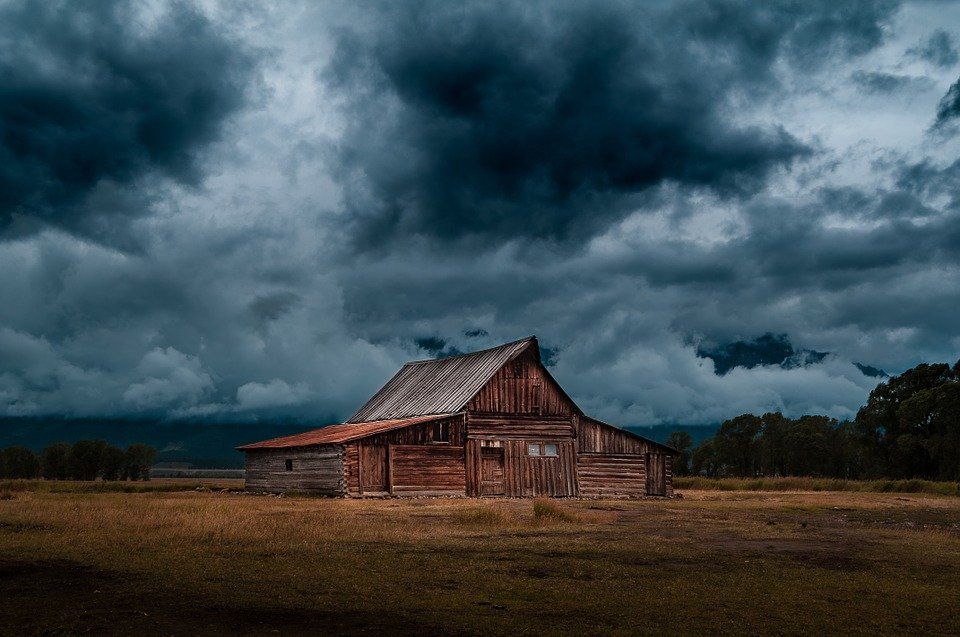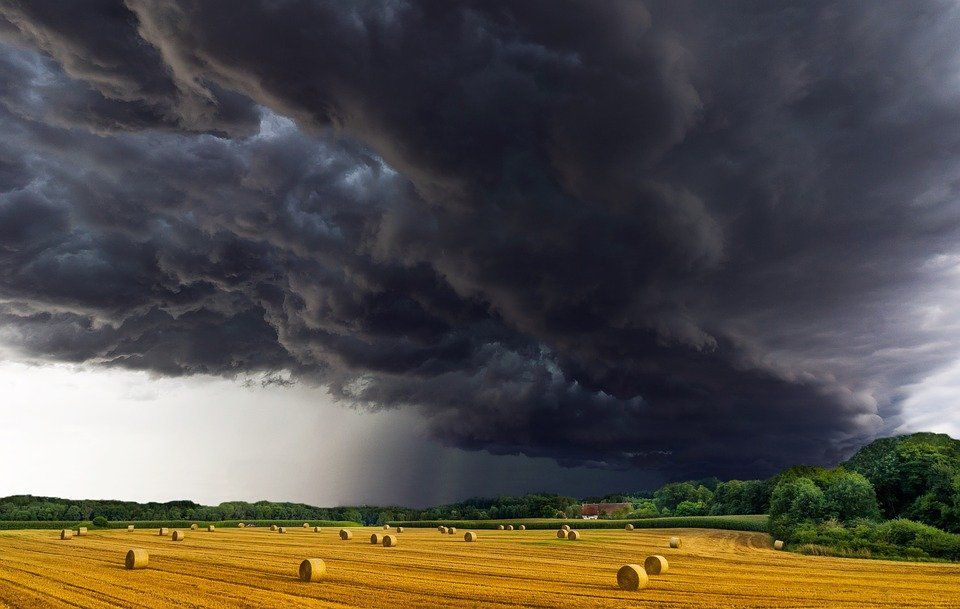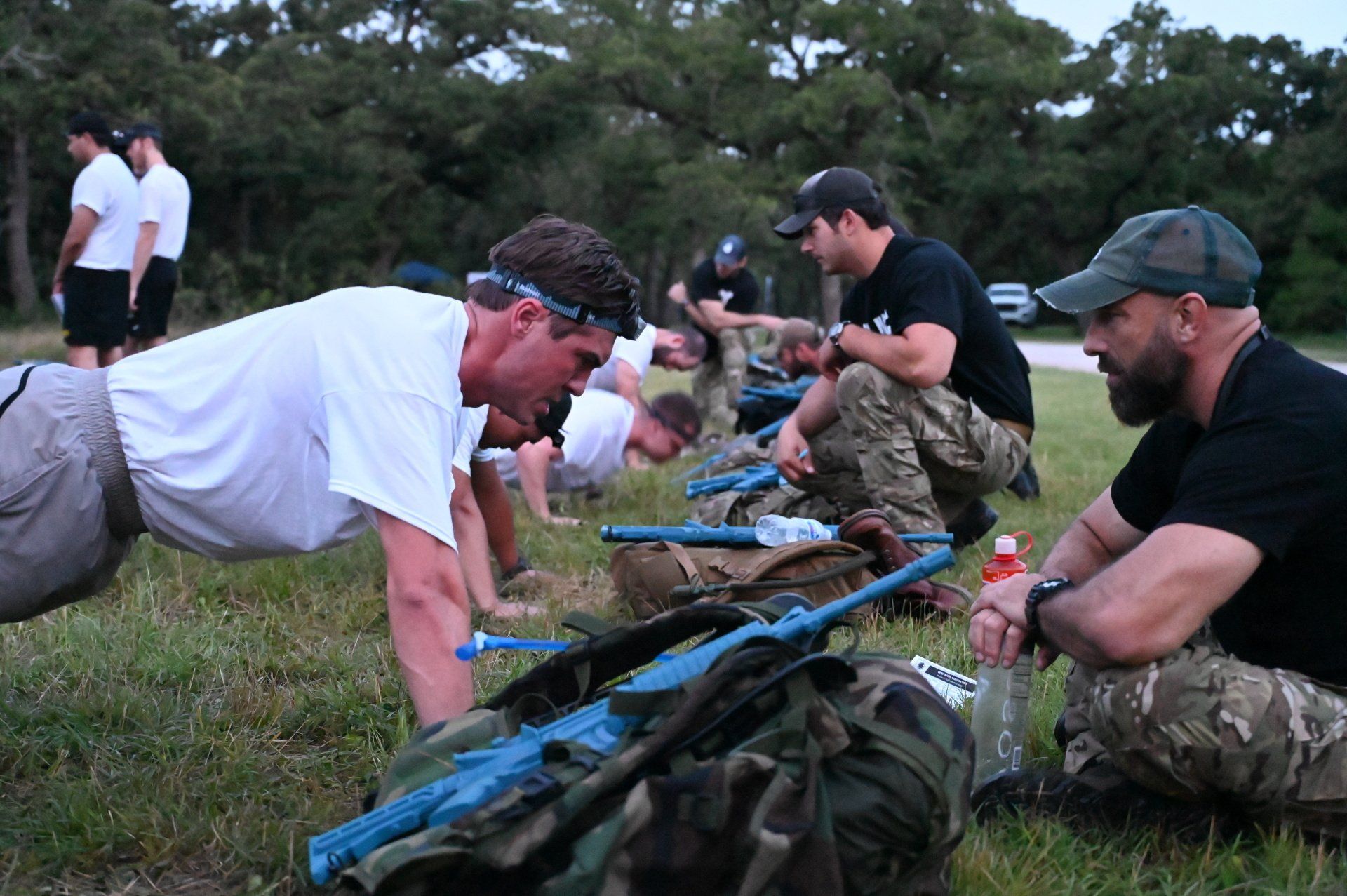Predict the Weather Like a Mountain Man
Old tricks for estimating your local forecast in the field.
With modern gadgets, satellites, and weather radars, getting a precise daily forecast is something we often take for granted. Despite this, there will be times in your special forces career when you must get an accurate prediction of the weather without access to electronics and local news networks. Being able to predict your local forecast will help you decide what gear to equip, which routes to follow, and what tactics to use.
Both in ancient and contemporary warfare, weather can determine the fate of battle. In The First World War, meteorological events sculpted battlefields and military tactics. The soft and muddy fields of France and Belgium lent themselves well to slow-paced trench warfare, while the sandy, arid climate of Gallipoli demanded faster unit maneuvers and above-ground fortifications. The weather had an equally profound impact in WWII, with German machinery and soldiers freezing in the harsh Russian winter and cloudy skies influencing where the atomic bombs fell on Japan.
While you might not be planning the next military conquest from the comfort of your home, knowing how to predict the weather without an electronic forecast is a handy (and pretty badass) skill to have. This OA guide will give you the knowledge you need to predict your local forecast like your ancestors used to.
Understanding How Weather Moves
Figuring out which way the clouds will drift on any given day might seem like a crapshoot, but understanding a few basic scientific principles can help you get an idea of your local forecast. While your predictions won’t be as accurate as those you’d get from professional weather networks, they’ll give you a rough idea of your forecast for the day.
The first (and most important) principle you must understand is that weather has a predictable movement pattern. Although daily forecasts may seem random, weather systems almost always move from west to east in North America. The exact science behind why the clouds drift in this direction is quite complicated. The factors are a mix of the earth’s rotation, the spin of high and low air pressure zones, and the Jet Stream. But all you really need to know is that if you’re facing north, the weather will usually travel to your right.

What does this rule mean for your weather predictions? If stormy or rainy weather is gathering in the east, you likely don’t have to worry (unless there’s a strong wind blowing in your direction, of course). But if bad weather is brewing west of you, it’s time to weatherproof your supplies and find shelter – a storm is coming.
Reading the Clouds
Understanding which direction clouds drift is one thing, but understanding what the different types of clouds mean is equally crucial. Here are a few of the major cloud formations and the kinds of weather they bring:
Cirrus (Ci)
High-altitude wispy clouds caused by high winds. Seeing these clouds in the morning usually indicates fair weather throughout the day.

Altocumulus (Ac)
Mid-altitude clouds that look like a sheet of rolls or bumps. These clouds symbolize unpredictable weather coming later in the day – be on the lookout for approaching storms.

Altostratus (As)
These are mid-altitude clouds that have a uniform shape and texture. Rain occasionally falls from these clouds, but you can also have an entirely overcast day with no precipitation.

Nimbostratus (Ns)
These look like darker versions of altostratus clouds. They are dark and featureless, and usually indicate a humid, rainy weather system approaching.
Cumulus (Cu)
The stereotypical cartoon cloud. These are picturesque, singular fluffy clouds that bring fair weather.

Cumulonimbus (Cb)
Towering clouds that hover low and extend miles into the sky. These are the only types of clouds that bring hail and storms. If possible, find shelter and wait for them to pass.

Observing the Sky
Reading the clouds is an excellent way to predict the weather. But what do you do if the skies are clear? At sea level, the horizon is only about three miles away. For all you know, bad weather might be mere minutes away, and you’re none the wiser. Luckily, clear skies can tell you just as much about the weather as clouds – just remember these basic principles:
Watch the Sky Colors
Watching the colors of the sky at sunrise and sunset is a great indicator of how the weather will be during the day (sunrise color) or overnight (sunset color). Because clouds affect sunlight, a red sunrise or sunset means that there are cloud formations on the opposite side. For example, if you see a red sunrise, that means there are clouds in the west. If you see a red sunset, there are clouds in the east.
What does this mean for you? Since weather travels west to east, seeing a red sunrise shows you might get inclement weather throughout the day because the clouds are coming towards you. Conversely, a red sunset means a clear night because the cloud system is already to your west and thus moving away. You can remember this rule by recalling the following rhyme:
“Red sky in the morning is a shepherd’s warning.
Red sky at night is a shepherd’s delight.”

Calm Before the Storm
The saying “calm before the storm” is usually used as a figure of speech. But it does have some real merit for helping you predict bad weather. The low-pressure systems present before storms can push away local air currents, causing a calmness to wash over the area. If things sound too quiet, keep your eyes on the sky for approaching downpours.
Take a Breath
If the wind isn’t giving you any clues, sometimes you can sniff out a storm by doing just that. Take a deep breath. As humidity approaches, plants start releasing chemicals that create a damp and earthy scent. You can sometimes smell a storm coming before you see one.
Keep Track of Animals
Animals have razor-sharp senses and instincts that help them pick up on nuances of nature that would go over the heads of even the most experienced adventurers. If you notice a sudden disappearance of the local critters around your campsite, it might be time to take shelter as well.
Success in SOF selection isn’t just about having physical strength and a good attitude. Operators must have the skills and knowledge to think on their feet and adapt to changing circumstances. We created the Operators Association to establish a community where future operators could learn the competencies they need to get into the teams. When you become an Aspiring Operator, you get instant access to our community of hundreds of current, future, and retired SOF operators who will guide you on your path. It’s time to take action and attack your goals!








